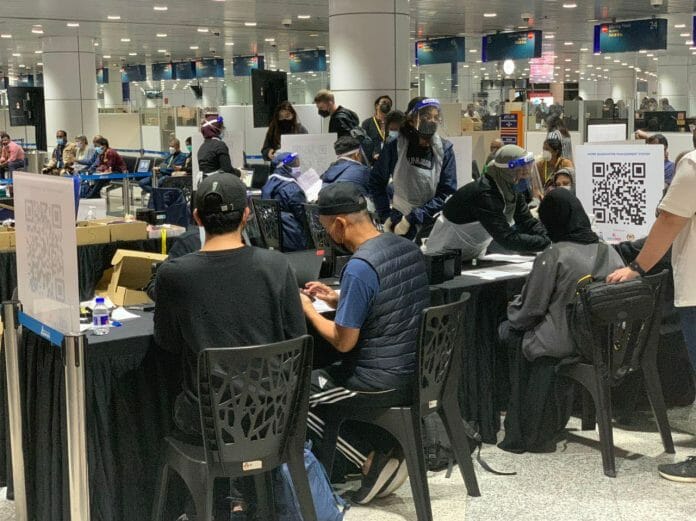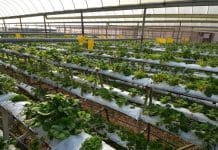The Malaysian tourism industry is looking with great expectations at the reopening of international borders which is scheduled to happen at the beginning of April. In fact, the tourism industry has been battered by prolonged closures and lockdowns, seeing international visitors dropping from 26 million in 2019 to 4.3 million in 2020 (and revenues from RM 86.1 billion to RM 12.7 billion).
However, the Center for Market Education (CME) observes that the recently announced procedures for borders “reopening” – while a step in the right direction – still present too many obstacles to make Malaysia an attractive destination for mass tourism.
Like many other countries, Malaysia will require proof of being fully vaccinated against Covid-19 and a negative PCR test result before departure; these measures are among the more reasonable ones, although they still can constitute a limit for tourism revival. In fact, with the price for PCR tests internationally oscillating between USD 100 and USD 200, a family with children could see its necessary budget seriously increasing when compared with the pre-Great Lockdown era; therefore, many could shift toward tourism in their own countries.
As mentioned, however, most countries will still require PCR tests and it will take years to see this disappearing: emergency measures come fast and go very slowly. “Probably we all remember that before the Twin Towers attack we could bring liquids in the airplane cabin – declared Dr Carmelo Ferlito, CEO of the Center for Market Education –. Well, after the attack we were forbidden from doing so and after more than ten years liquids are still forbidden into the cabin for the fear of terroristic attacks”.
Contrary to the case of other countries, Malaysia will impose further limitations to the revival of international tourism.
- The obligatoriness of downloading MySejahtera application: the need to fill several forms and to continuously scan QR codes can discourage the elderly and people who do not like the idea of being tracked every few meters.
- Compulsory face masks: it is easy to recognize that it is undesirable to spend a vacation by wearing a face mask, in particular for outdoor vacations, where the function of the face mask is completely lost.
- RTK test at the arrival: it has not been declared yet, but in all likelihood the Malaysian authorities are going to charge tourists for this, like it happens now with the PCR test at arrival; many business visitors are currently caught by surprise when, after being tested for Covid, they are blocked at another counter and asked to pay RM 250 for that test.
The Center for Market Education looks with concern at the measures in place after 1st April and invites the authorities to reconsider the decisions and to move in the direction of a true border reopening, if the tourism industry has to be revived and not just illuded.
CME invites to reflect on the fact that harsh measures have not prevented Malaysia to record the worst score in terms of Covid-19 deaths per million people at regional level. Despite the highest vaccination rate, the longest lockdowns, the longest closure of international borders (accompanied by sever domestic movement restrictions) and the highest compliance to restrictions such as the face masks, Malaysia recorded 1,044 deaths per million people, while Indonesia stands at 553, the Philippines at 520, Vietnam at 425 and Thailand at 349.
Recognizing, thus, that all the restrictions in place played a very limited role – if any – in keeping the pandemic at bay, CME proposes the following measures:
- RTK at arrival should be dropped, while the PCR test prior departure, which already represents an important cost for tourists, should be sufficient.
- MySejahtera should disappear once and for all, to give back to citizens and visitors their freedom of movement, in the respect of individual privacy.
Without these important steps, Malaysia will be unable to boost tourism to pre-pandemic levels, blocking occasions for economic growth and employment revival.









